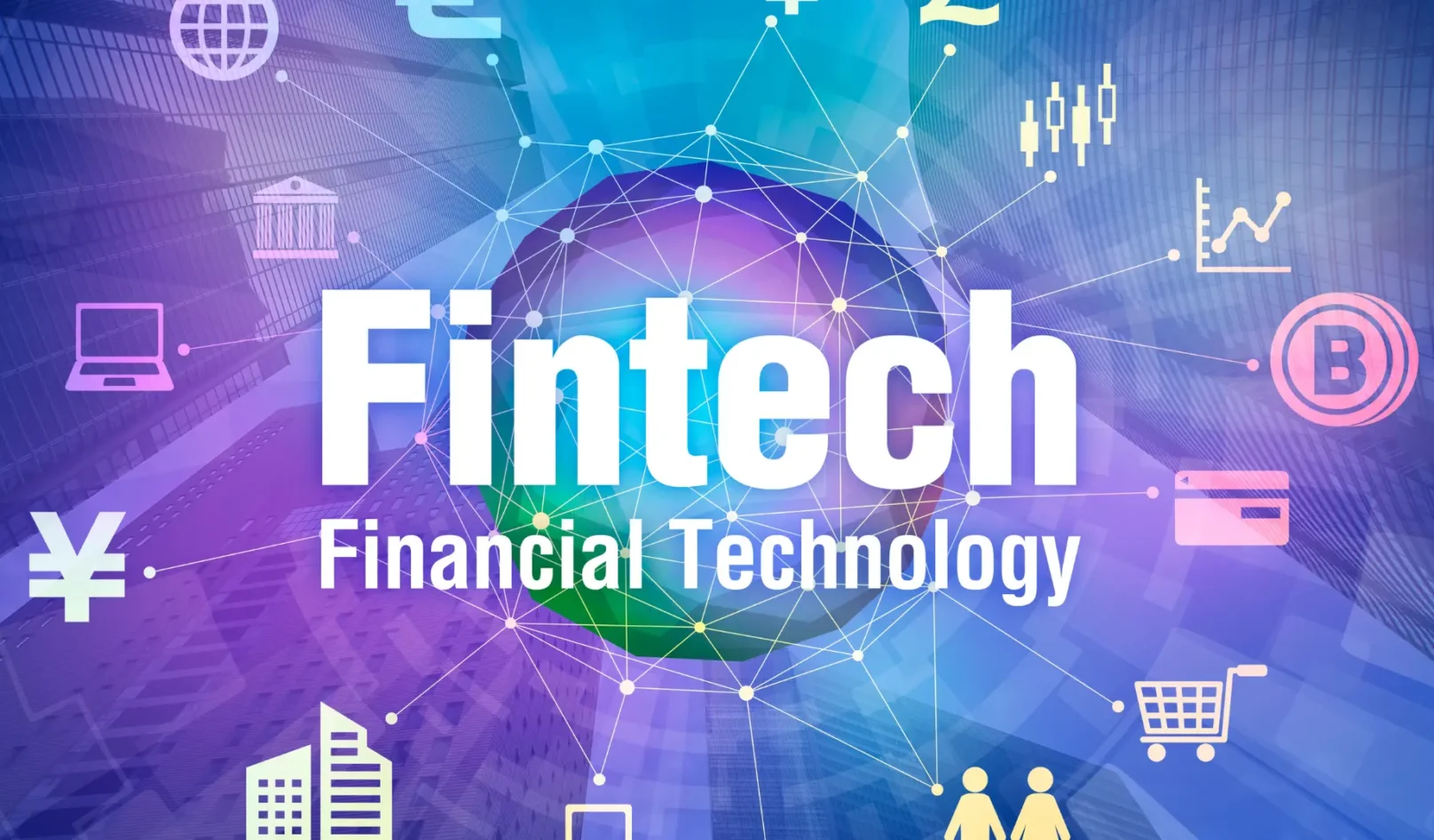
The past decade has seen the rapid rise of financial technology or fintech – innovative digital solutions targeted at streamlining financial services. Propelled by the internet, smartphones and emerging technologies like blockchain and artificial intelligence, fintech has transformed how individuals and businesses manage money, make payments, get loans, and more. This technology-fueled disruption of the traditional financial sector continues accelerating at breakneck speed.
Introduction
Fintech broadly encompasses software, apps, platforms and technologies designed to support and enhance financial services. From cryptocurrency exchanges to peer-to-peer lending platforms, fintech solutions are making financial transactions faster, easier, more convenient and accessible. Thanks to these digital finance innovations, tasks like investing, borrowing, fundraising and transferring money that once required endless paperwork and in-person meetings can now be completed in a few clicks from one’s phone.
The global fintech market has ballooned from around $50 billion in 2012 to $305 billion in 2022. Investments in fintech startups have topped $150 billion in recent years. As adoption spreads, fintech applications like digital wallets, cross-border remittances, algorithmic trading tools and robo-advisors are becoming ubiquitous worldwide. But the fintech revolution has only just begun.
The Foundations of Fintech
What is Fintech?
Fintech refers to software and technology that has been designed explicitly to provide financial services digitally. Unlike traditional banking, fintech is entirely digital, using the internet, software and cloud technology to develop agile, innovative customer experiences in all things money-related. Core fintech services include digital payments, online lending, fundraising, financial management, algorithmic trading, insurance and more.

How Fintech Differs from Traditional Banking
Traditional banking relies on in-person transactions at physical branches and is often rigid, paper-heavy and labor-intensive. Fintech eliminates geographic barriers through digital interfaces and automation. It leverages data and AI for hyper-personalization. Blockchain, biometrics, predictive analytics – advantages like minimized costs, security, speed and convenience differentiate fintech solutions from conventional financial services.
Current Innovations in Fintech
Leading Fintech Companies
From nascent startups to tech titans, companies large and small are shaping today’s fintech landscape. Major players include PayPal, Square, Stripe, and Robinhood in digital payments, Coinbase and Binance in crypto, lending platforms LendingClub and SoFi, neobanks like Chime and Varo, and investment apps Acorns and Betterment, among many others. Regional fintech unicorns like Nubank, Klarna and Plaid are flourishing as well.
Breakthroughs and Developments
Cryptocurrencies proved one of the most disruptive fintech breakthroughs, providing decentralized digital money and blockchain-powered financial services. AI and machine learning are optimizing processes from credit decisions to quant trading strategies. Embedded finance options allow non-finance companies to offer fintech services. Open banking fosters financial data sharing and access. These innovations portend an open, intelligent, and integrated future of finance.
Practical Applications of Fintech
In Personal Finance
Apps like Mint, Clarity Money, and Personal Capital have automated budgeting, financial tracking and wealth management for individuals. Robo-advisors like Betterment and Wealthfront use algorithms to optimize investment portfolios at low costs. Peer-to-peer lending networks like SoLo Funds allow individuals to borrow and lend flexibly.

In Payments and Transfers
From smartwatches to virtual assistants, fintech has produced integrated omnichannel payment experiences. Frictionless options like Apple Pay, PayPal, Venmo and Square enable contactless e-payments between peers. Remittance platforms like Wise and Remitly facilitate cross-border transfers cheaply and quickly.
In Lending and Crowdfunding
Using alternative data sources and machine learning, fintech lenders like Affirm and Tala can make collateral-free loans efficiently. P2P lending networks like LendingClub directly match borrowers with individual lenders. Crowdfunding platforms like Kickstarter and GoFundMe have transformed fundraising and creative projects.
Challenges and Limitations of Fintech
Technical and Security Challenges
As digital platforms, fintech companies must continuously strengthen cyberdefenses and prevent outages to win consumers’ trust. Data privacy also becomes paramount when handling financial user data. Authentication, encryption and compliance capabilities require constant upgrading to enable secure fintech services.
Regulatory and Compliance Issues
Like all finance, fintech must navigate complex regulations that vary across jurisdictions. Emerging technologies like cryptocurrency and blockchain also present new compliance challenges. Keeping up with evolving know-your-customer (KYC) and anti-money laundering (AML) mandates across markets remains an obstacle for budding fintechs.
The Future of Fintech
Emerging Fintech Technologies
AI promises to be integral, enabling personalized predictions and recommendations using customer data. Cryptocurrency and blockchain could usher in decentralized, transparent finance. Embedded finance and open banking will spur financial inclusion. Extended reality (XR) may see virtual banking in the metaverse become commonplace.
Preparing for the Fintech Evolution
To harness fintech’s potential, proactive strategies are needed. Governments must balance prudent regulations with room for responsible innovation. Businesses require clear fintech roadmaps factoring in new customer expectations and competitors. Individuals should focus on financial literacy and data privacy to participate in the fintech economy safely.
Conclusion
The fintech revolution is forging ahead at full steam, heralding a new paradigm of digital-first finance. By incorporating cutting-edge technology into financial services, fintech is making managing money faster, more convenient and widely accessible. However, risks around data security, regulation and adoption mean realizing fintech’s promise will require diligent preparation by policymakers, companies and consumers alike. Financial services are being rapidly rewired – those who understand and harness these digital finance shifts early will be best positioned to benefit in the emerging technologically-driven financial order.
Further Reading and Resources
- “Fintech and the Remaking of Financial Institutions” by Phillippa Ryan, University of Technology Sydney
- “Understanding the Fintech Revolution” online course on edX by Copenhagen Business School
- “Finance 4.0: An International Study on Fintech and the Future of the Financial Sector” by Deloitte
- Fintech Weekly newsletter by MEDICI
- The Disruption Hub’s Fintech Explained Youtube video series
I hope this provides a comprehensive overview of the evolution of fintech and its potential to transform finance using natural language suitable for search optimization. Please let me know if you need me to modify or expand on any sections in the article. I can incorporate additional details as per your feedback.
